







 After our decadent island stay, we steeled ourselves for our flight to Sandakan and the Sepilok Orang Utan Rehabilitation Sanctuary. (By “steeled” we mean we ate more good, cheap food and cooled off by strolling the air-con shopping malls before returning to our tenth floor hotel room.)
After our decadent island stay, we steeled ourselves for our flight to Sandakan and the Sepilok Orang Utan Rehabilitation Sanctuary. (By “steeled” we mean we ate more good, cheap food and cooled off by strolling the air-con shopping malls before returning to our tenth floor hotel room.)
Note to budget travellers: We discovered the Ryan Air (or Southwest) of Asia. We flew 4 times on Air Asia, the Malaysia-based, no-frills, budget airline. Three out of four times we left EARLY — as soon as they load the flight, they take off, damn any stragglers. The fourth time, we left 10 minutes late and arrived only 5 minutes late. The average fllight cost about $20. We immediately lost any desire to “travel with the locals” on 6-14 hour sweltering bus rides.
A van picked us up at the Sandakan airport and we drove straight to the Sepilok Jungle Resort where we checked into a very ratty room (but only $12), dumped our bags and dashed out to the orang (man) utan (of the forest) sanctuary.
The Sepilok Resort sits in a semi-wild, manicured, multi-hectre portion of jungle. There are Disneyland-like walkways over murky river waters (except there really IS scarey stuff in these waters) and the stiffling heat and 99% humidity make it the perfect nursery for all kinds of riotously colorful flowers and gigantic palms, pandans and trees that look like they could eat you for breakfast.
The Sepilok Orang Utan Rehabilitation Sanctuary rescues sick, abandoned and abused (kept as domestic pets) orang utans, gives them medical care, and strives to gradually reintroduce them into the wild. We’re sure it is a better fate than dieing from disease or stravation, but we’re not certain as to the success of the program and have some questions about the seemingly overexposure to humans during the “rehabilitation.” In addition to the twice daily exposure to tourists like us, they spend massive amounts of time with their human “mentors.” We need to do a little research…
We took a short hike into the sanctuary and, like clockwork, the orang utans came swinging in for the 3 o’clock feeding at the feeding platform. And, also like clockwork, a few dozen tourists — ourselved included — started snapping pictures. The orang utans had no fear of us and we can only hope that they enjoyed the show we put on. They certainly weren’t learning to fend for themselves or be wary of humans.
Tame and zoolike as is was, it was still very cool to see the “men of the forest” in one of only two places in the world where they exist in the wild (Borneo and Sumatra). Orang utans are supposed to be 96.4% similar to humans. I suppose the remaining 3.6% is about more advanced language skills and the desire for iPods.
On our return to the “resort” we stumbled upon the new(er) accommodations and immediately upgraded to the $25 air-con, tiled room with CNN and a view of the grounds. At this point, we probably would have paid anything to escape the steaming jungle heat; it was well over 100 degrees and we were totally wrung out.
True confession: The next day, we lingered in our air-con room watching a very bad Keanu Reeves movie until check-out time. Then we ventured into Sandakan, explored the market, searched for more air-con and wished we had booked an earlier flight back to Kota Kinabalu.
Next up: Looking for Michael Jackson: Negara Brunei Darussalam (Brunei, the Abode of Peace)



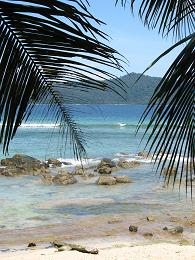
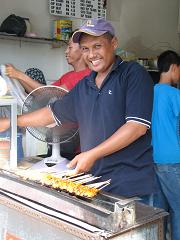
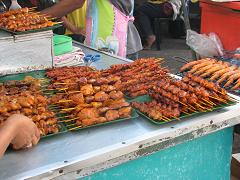
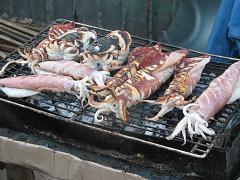
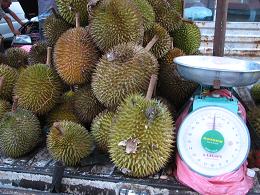
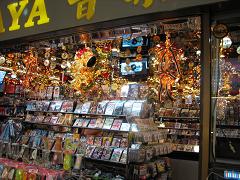
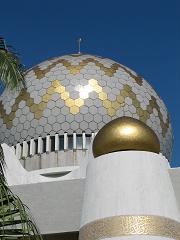
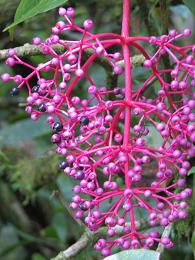
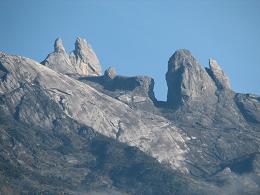

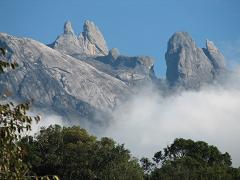 Part Satu (1): Kota Kinabalu
Part Satu (1): Kota Kinabalu